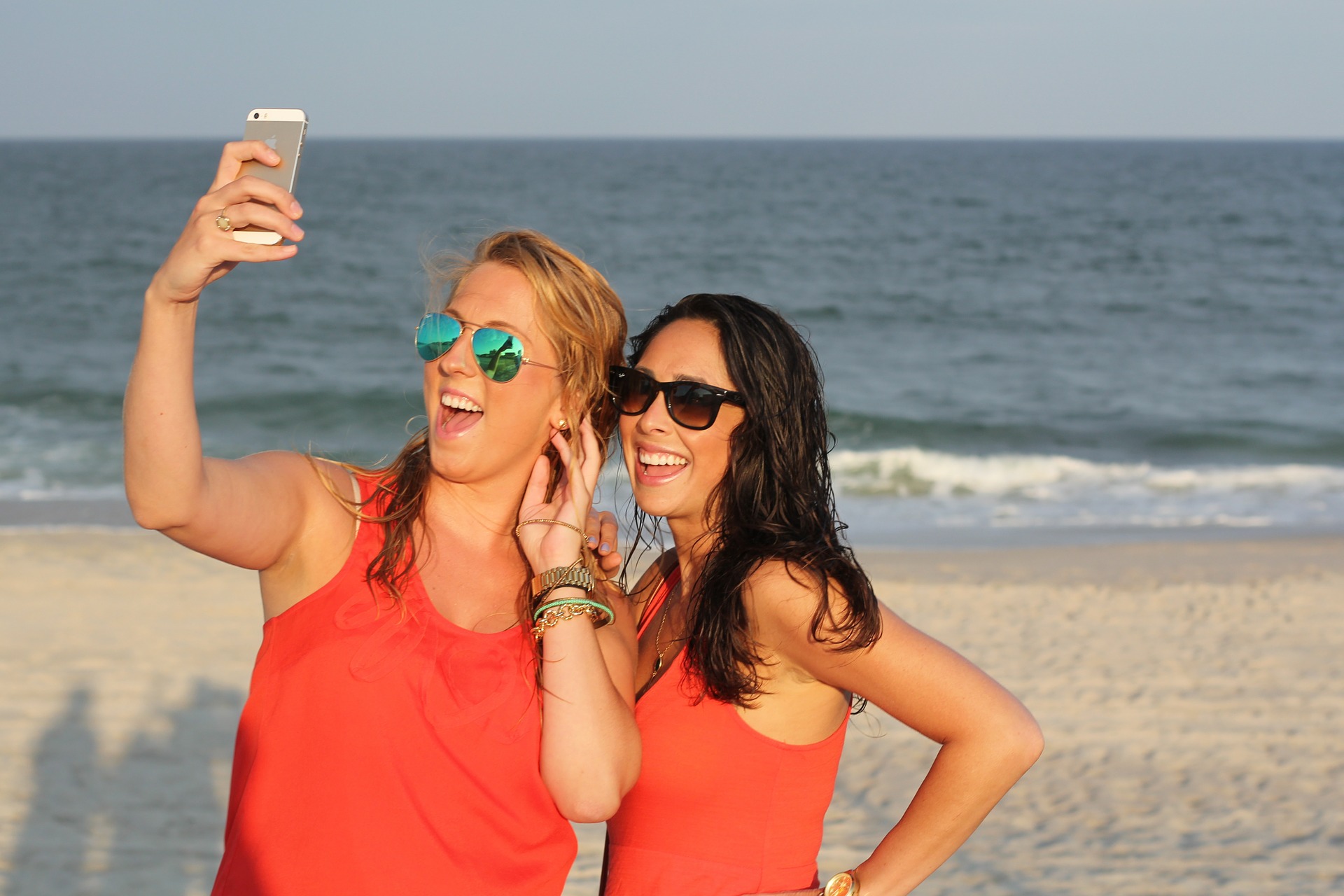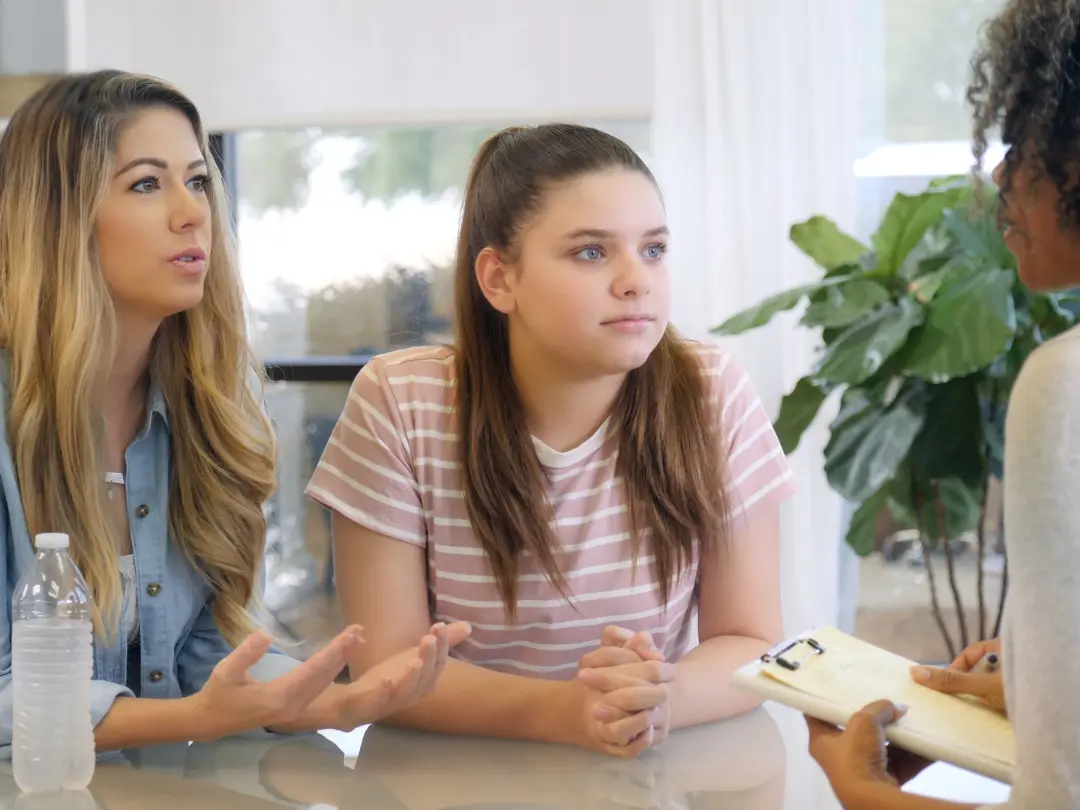And, these apps are so good, it is easy to forget these images are not real.
Selfie Filters With Euro-Centric Beauty Features
Something else happens to young people when they start using selfie filters. The way these people perceive themselves using these beauty filters sets the bar for a new beauty standard that does not exist in reality.
Basically, you are not you anymore. These filters turn us into completely different versions of ourselves.
When the Image in the Mirror is No Longer Good Enough
Eventually, your untouched image is no longer acceptable and the face that looks back in the mirror is no longer good enough.
These apps are so popular that in 2021, around 1 out of 5 Americans (21%) who have ever had any social media account have used a beauty filter before posting pictures on social media. Among these, 9% said they “always or nearly always” use them.
Most Americans are worried about the impact of these and for good reason. New evidence suggests that they may be causing more harm than we realized. The internet is filled with examples of people who are becoming alarmed by them.
But, these filters don’t just adversely impact the young people using them. Even if you have never used one to enhance your image, chances are you have seen the results of other people’s enhanced (and unrealistic) images. That exposure also has a negative impact. Other people (especially young women) see these enhanced selfies and it makes them feel ugly, inadequate, overweight, and imperfect.
The results can be devastating. According to internal FaceBook documentation, “thirty-two percent of teen girls said that when they felt bad about their bodies, Instagram made them feel worse” and “among teens who reported suicidal thoughts, 13% of British users and 6% of American users traced the issue to Instagram.”
How to Overcome Selfie Dysmorphia
Are you using these beauty selfie filters? Does spending time on Social Media make you feel isolated and lonely? Do you feel like everyone else is happy, beautiful, glowing, stunning, and perfect? Do your own images make you feel depressed, anxious, lonely, and disappointed? If so, you may be experiencing adverse effects of “selfie dysmorphia” whereby you perceive your real image to be far worse than it really is.
Step 1: Become Aware & Recognize What is Real
The first thing to do if this is you is to become aware of what is happening. Recognize that your feelings are coming from a place of insecurity basically brought upon by fake images.
Have you seen “Jurassic Park?” If you have, do you walk around terrified that a T-Rex or a pack of velociraptors is going to jump out at you? Of course not because you know dinosaurs are no longer inhabiting the earth. Jurassic Park is a movie and the images you see are fake (no matter how real it all looks).
That’s the same way you need to think about filtered social media images. They. Are. Not. Real.
Step 2: Surround Yourself With Positivity
Change your view in social media and UN-follow people who put out unrealistic images and find and follow those who are body-positive. Find people and friends who don’t use these filters as much, and instead, look for accounts that promote authenticity. Changing whom you follow with people who are real or authentic will help you believe in your true self and your image – just the way it is. Flaws and all!
Step 3: Take a Step BACK From Social Media
It’s OK to take a break from social media – in fact, I recommend it. Put your phone down and look at people in real-time, in real life, and see them for who they really are. You will, in turn, see yourself (and accept yourself) for who you really are. It’s time to establish your NEW standard of beauty.
Step 4: If Needed – Seek the Help of a Qualified Professional
If you believe you or someone you know is suffering from “selfie dysmorphia” or feeling depressed, anxious, and lonely, you may need the help of a professional. Our team of specialists will develop a personalized treatment plan for you/your loved one to help you. Contact us today. You are not alone and we will Give YOU Hope.








